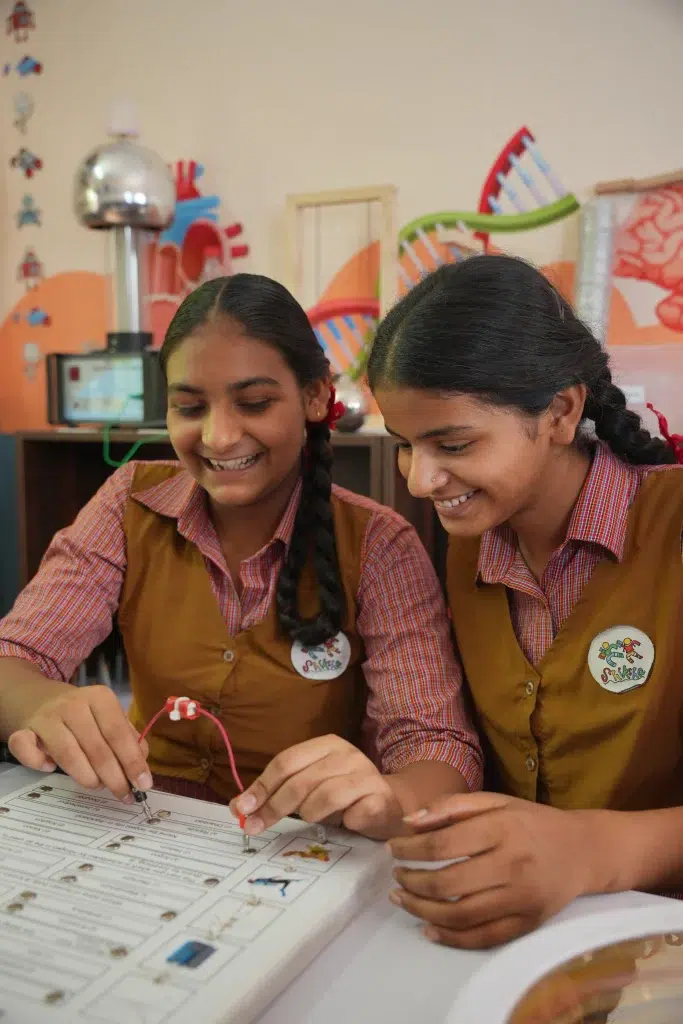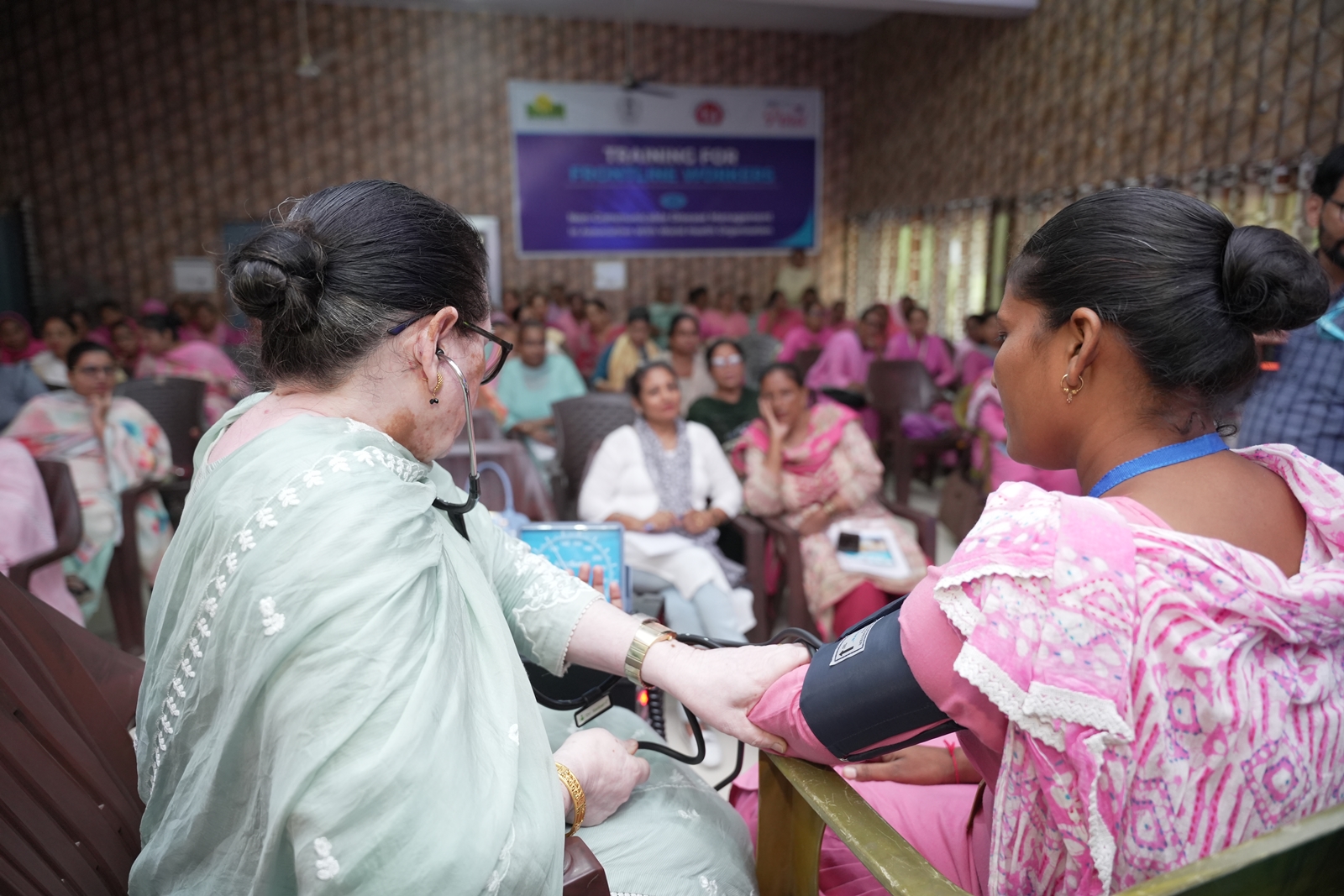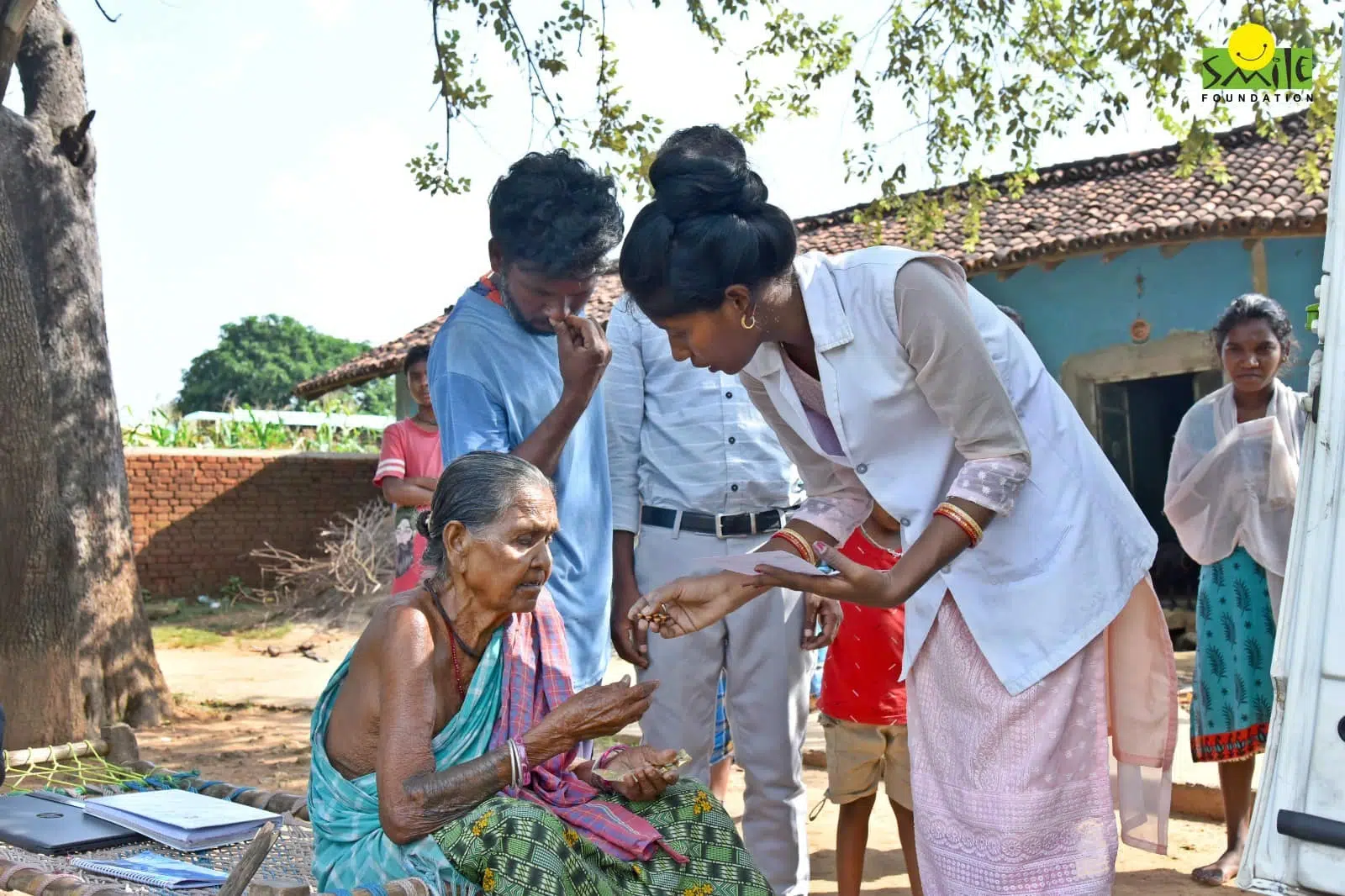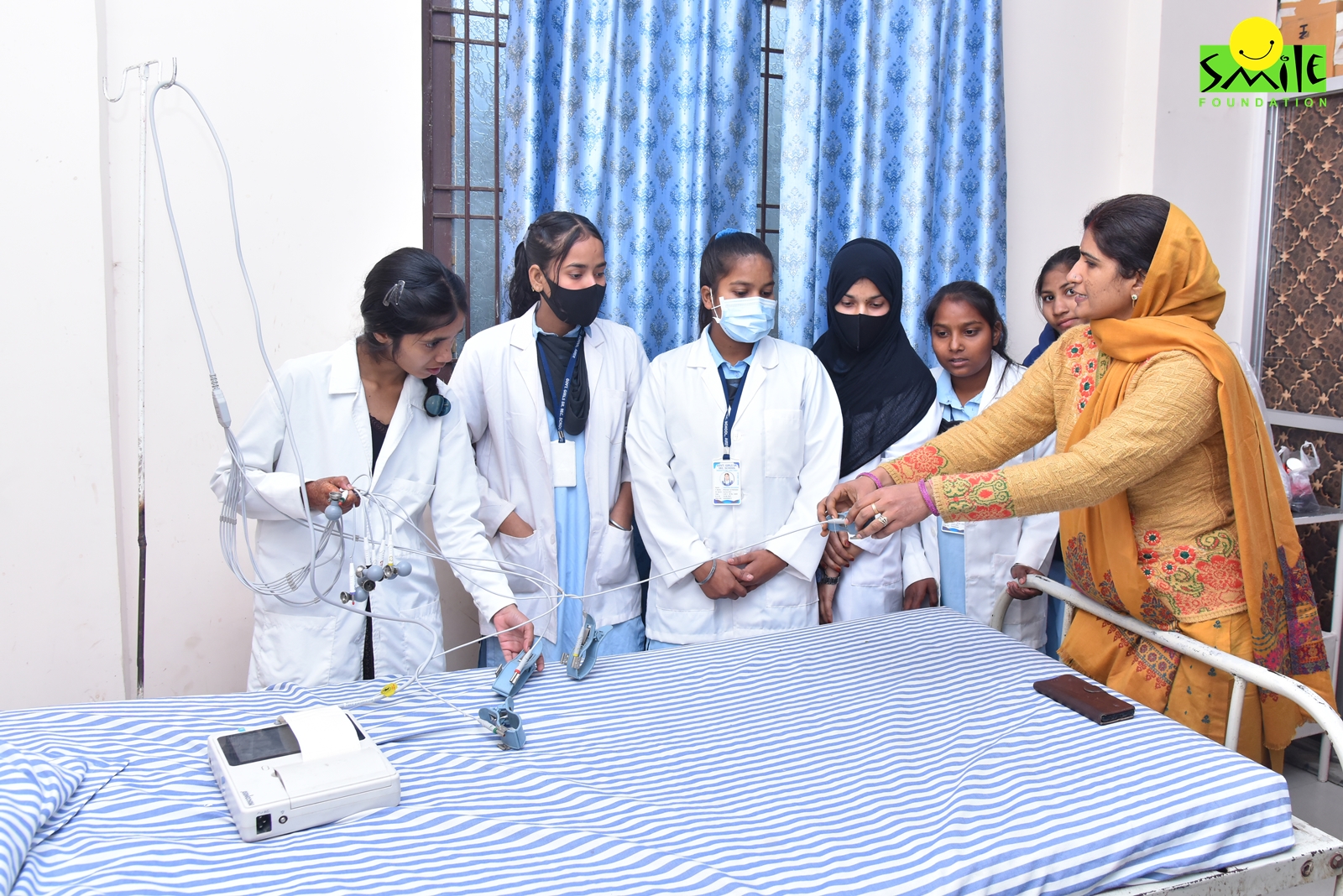Over the last few decades, the push for gender equality in education has significantly increased the number of women in higher education worldwide. In India, female enrolment in undergraduate and postgraduate courses has grown considerably. However, despite these advances, a troubling trend has emerged: fewer women are opting for STEM (Science, Technology, Engineering, and Mathematics) fields, particularly in engineering and IT.
While participation in natural sciences and medicine has increased, enrollment in engineering degrees has declined by 1.35% at the undergraduate level and a staggering 43% at the postgraduate level between 2013-14 and 2021-22. This raises important questions—why are women stepping away from STEM, and what can be done to reverse this trend? This article delves into the reasons behind the declining interest of women in STEM careers, the role of skill-building, workplace challenges, and future projections, using validated facts and data to highlight the issue.
The decline of women in STEM
Despite overall progress in higher education, STEM fields remain male-dominated. According to the All India Survey on Higher Education (AISHE), while female enrollment in undergraduate commerce courses grew by 42% and arts, humanities, and social sciences by 15%, the numbers tell a different story for engineering and IT. Although IT and computer science saw a 23.4% rise in undergraduate enrollment, postgraduate enrollment dropped by 27.4%. Experts attribute this shift to multiple factors, including societal perceptions, financial constraints, and limited women-friendly policies in STEM-related careers.
The situation in India reflects a global trend. The World Bank’s 2020 report on women in STEM highlighted that even though more women graduate from universities than men, they are significantly underrepresented in STEM disciplines, particularly engineering and physics. This gap translates into lower workforce participation, with women making up only 29% of the global STEM workforce, despite representing nearly half of overall employment in non-STEM fields, as per the Global Gender Gap Report 2023.
What is stopping women from excelling in STEM?
STEM education often becomes out of reach for women due to the significant financial investment it demands. When resources are limited, priority is typically given to educating male children, driven by the widespread belief that investing in their education will bring greater future returns. This pattern was highlighted in a 2023 report by Sattva Knowledge Institute.
Workplaces with rigid hours, limited flexibility, and inadequate childcare support create significant hurdles for women, further reinforced by gender-blind policies that overlook their specific needs, as highlighted in the IWWAGE Policy Brief 2024.
The Key Global Workforce Insights report by Kelly Services reveals the deep-seated biases women in STEM face—76% felt their colleagues believed men had genetic advantage in science and math, 77% observed double standards in training opportunities, and 81% perceived bias in performance evaluations.
Beyond workplace challenges, the dual burden of professional and household responsibilities continues to hold women back. Even middle-class women who can afford domestic help find themselves solely responsible for managing it, reinforcing traditional gender roles. These systemic barriers not only hinder career progression but also contribute to the persistent underrepresentation of women in STEM fields.
Essential workplace benefits such as maternity leave, childcare facilities, and flexible work hours are often not provided, despite their proven role in increasing women’s workforce participation. Additionally, wage disparities persist, with men frequently earning more for the same work, further reducing incentives for women to stay in these fields. In addition, with leadership positions in STEM predominantly occupied by men and fewer women in decision-making roles, it becomes harder for aspiring professionals to envision a clear career trajectory.
Government initiatives to bridge the gap
Recognizing the disparities, the Indian government has implemented several programs to encourage women in STEM. The Atal Innovation Mission, which has established over 10,000 Atal Tinkering Labs (57% in rural areas), encourages early interest in science among schoolgirls. The Rashtriya Avishkar Abhiyan promotes hands-on STEM learning through mentorship, and states like Tamil Nadu and Andhra Pradesh have introduced policies supporting STEM education through financial aid and school infrastructure.
Additionally, initiatives like Haryana’s ‘Main Bhi Curie’ program, Assam’s teacher training at IIT Guwahati, and Uttar Pradesh’s partnership with Khan Academy are enhancing STEM learning environments for girls. While these efforts are promising, more work is needed to address financial, societal, and workplace barriers that persist in STEM education and careers.
The role of skill-building for encouraging women in STEM
To counteract declining enrolment, skill-building initiatives must be prioritized. Research highlights that women in STEM often face skill gaps in digital literacy, coding, and data analytics—fields that are increasingly crucial. Skill development programmes focusing on practical training, coding boot camps, and leadership mentoring can equip women with the necessary competencies to thrive in STEM careers.
Programs like Google’s Women Techmakers and Microsoft’s DigiGirlz have been life-changing for many young women, giving them the confidence, mentorship, and financial support they need to thrive in technology. By offering scholarships, guidance, and hands-on exposure, these initiatives are helping bridge the gender gap in the tech world. Expanding such initiatives in India, particularly for rural and economically weaker sections, could significantly impact participation levels.
Conclusions and future projections
With the Asia-Pacific region facing an estimated labor shortage of 47 million skilled workers by 2030, the underrepresentation of women in STEM is not just a gender issue but also an economic one. According to the UNDP Report 2024, this gap could cost the global economy $4.238 trillion in lost opportunities. If women’s participation in STEM does not improve, India risks lagging in technological advancements, innovation, and economic competitiveness.
Despite progress in higher education, systemic barriers—including societal norms, financial constraints, and workplace discrimination—continue to hinder women’s full participation in STEM. Addressing this requires a multi-pronged approach, including gender-sensitive policies, financial incentives, and targeted skill-building programs. By investing in women’s participation in STEM today like Smile Foundation does, we pave the way for a more inclusive, innovative, and economically robust future.









